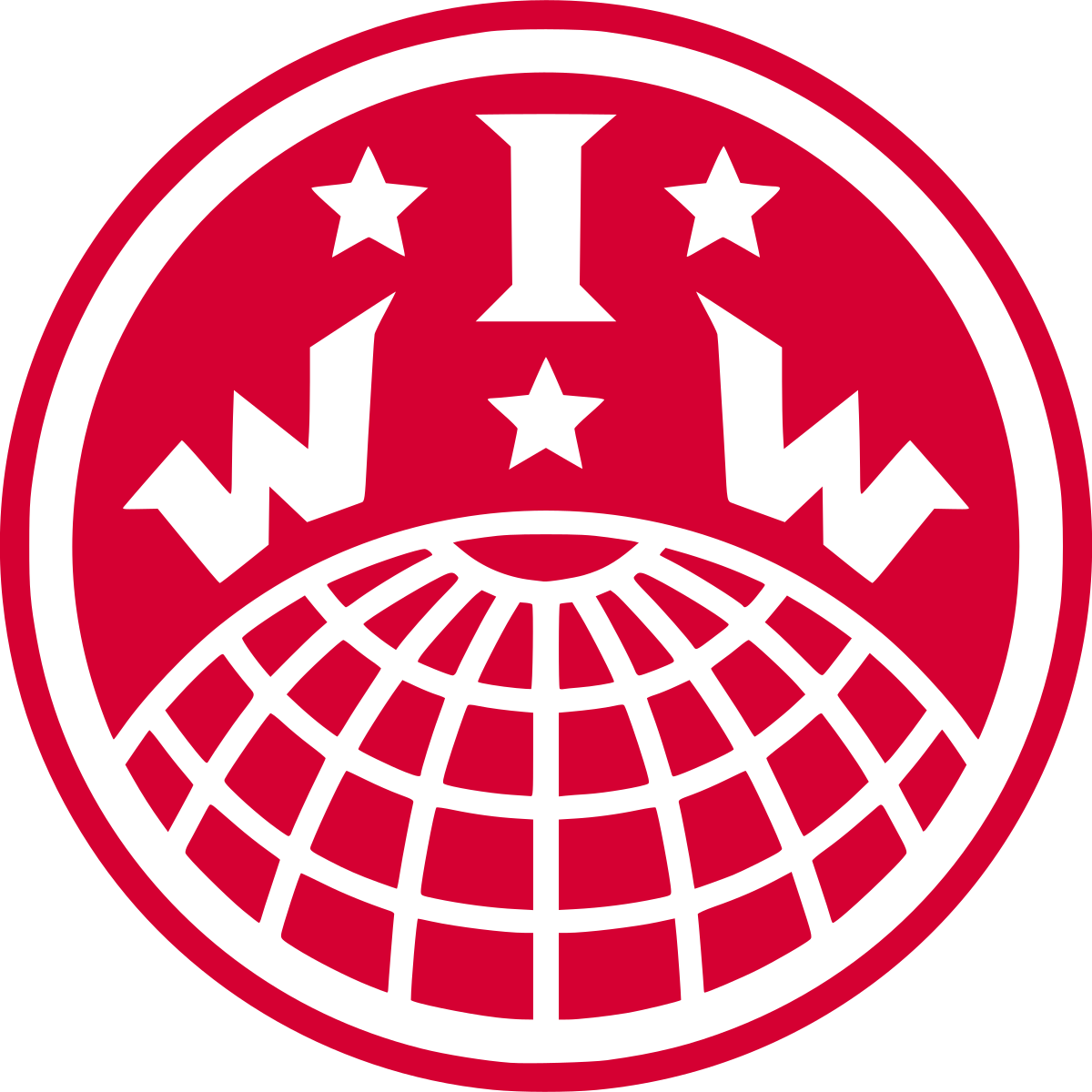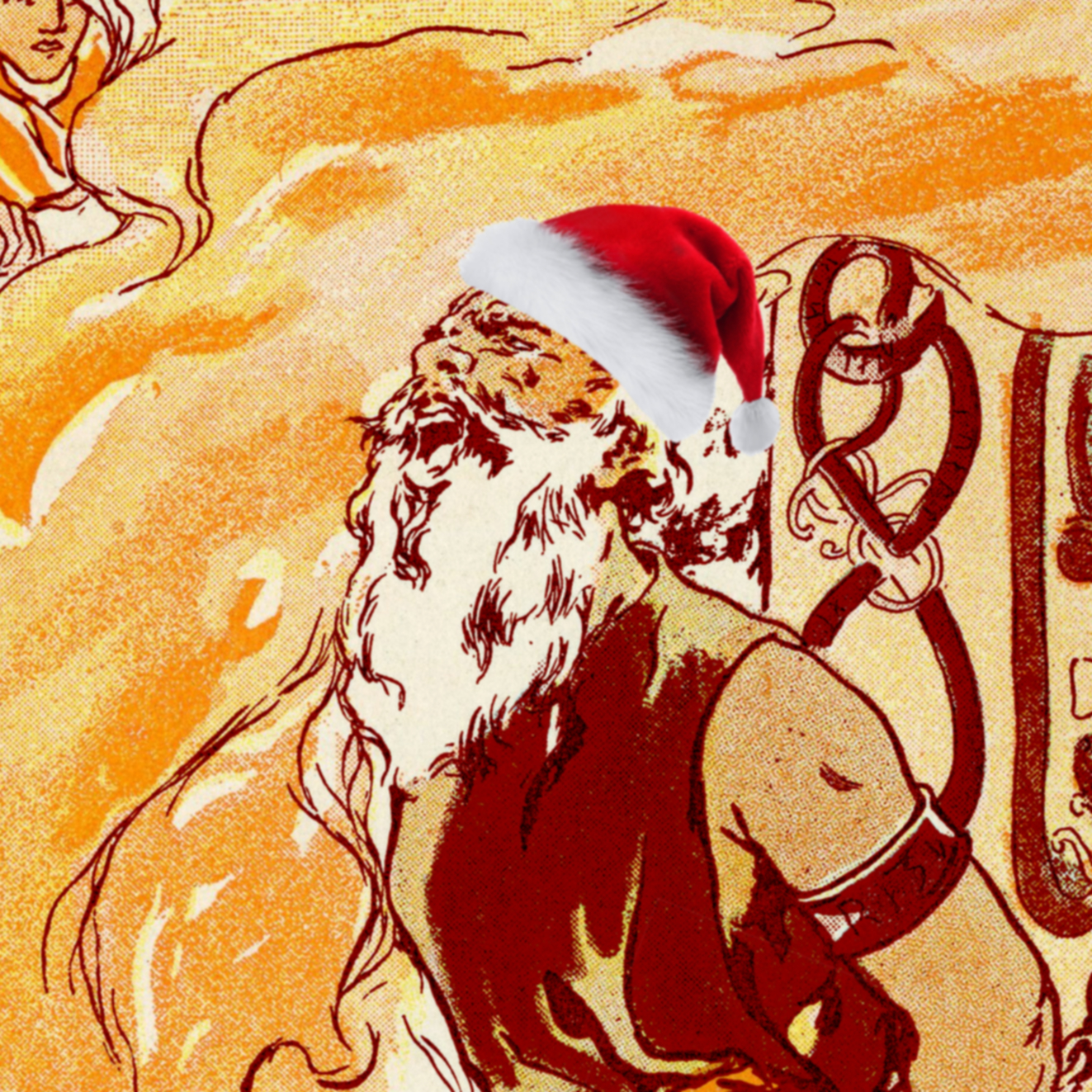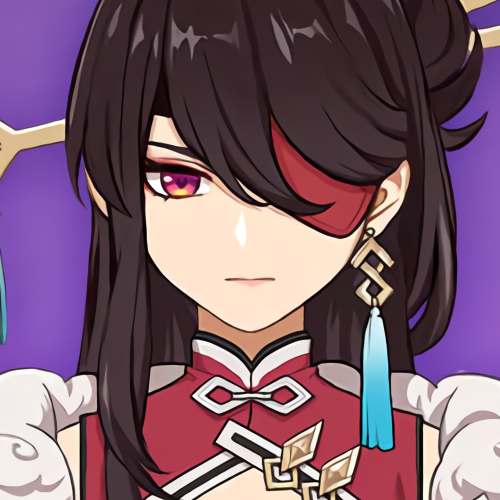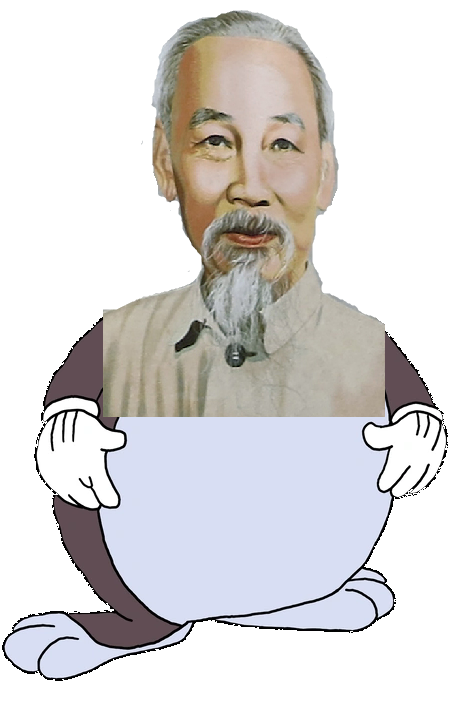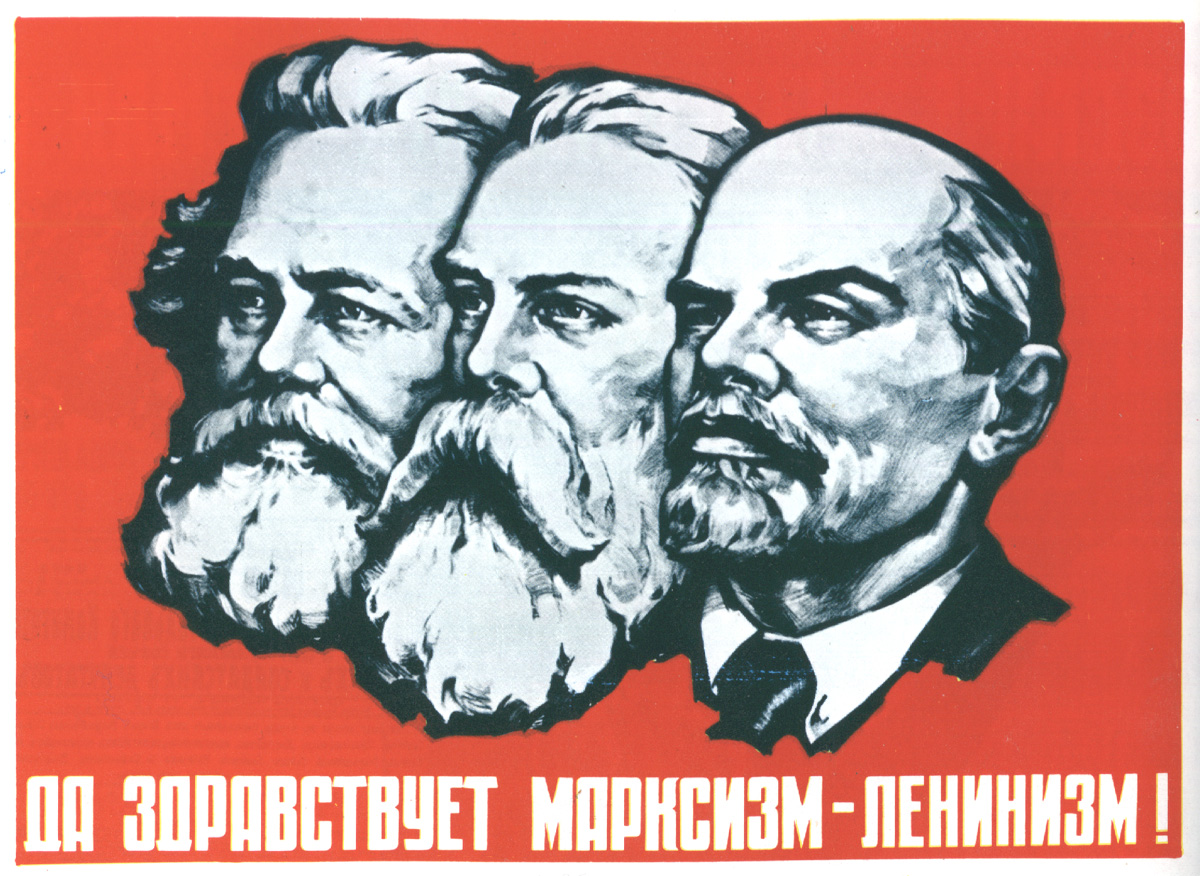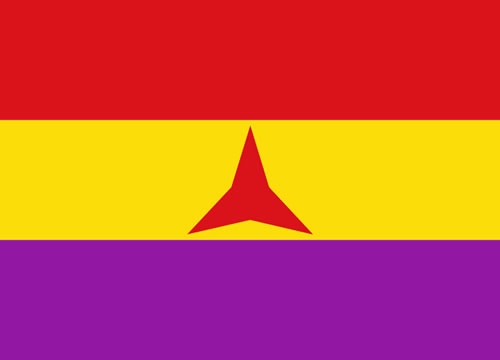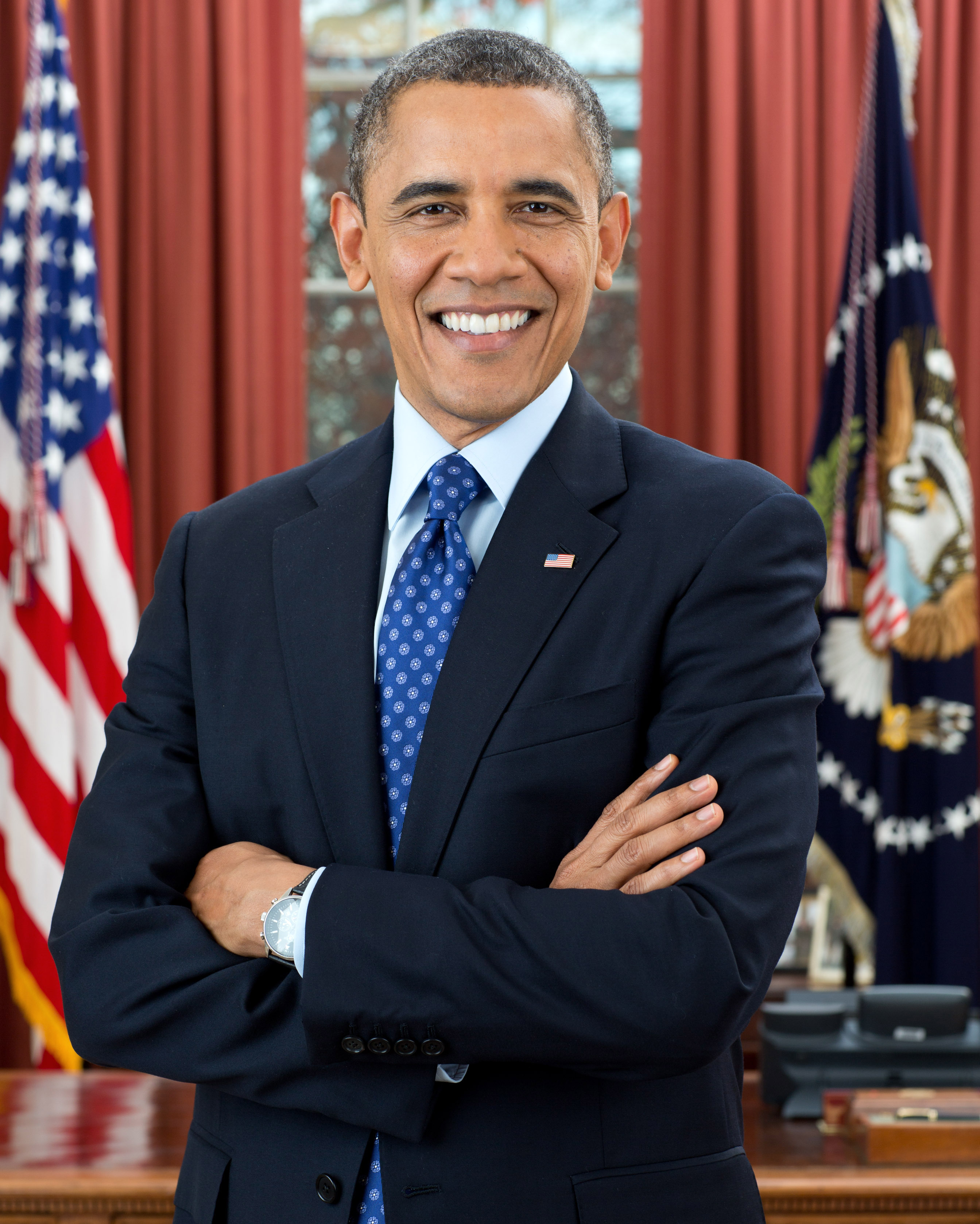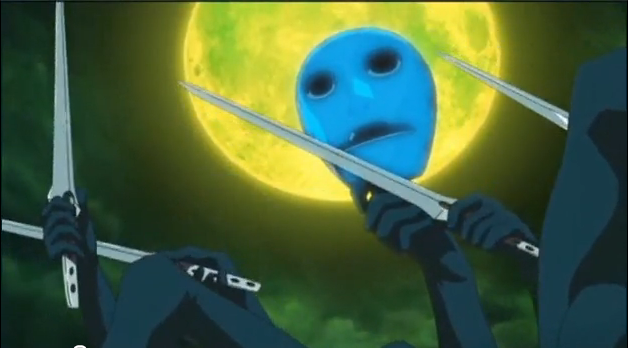At 9.40 am on Tuesday 26 August 1913 Dublin tram car men (drivers) and conductors pinned the Red Hand badge of the Irish Transport and General Workers‚ Union to their lapels and abandoned their vehicles. Within forty minutes most of the trams were moving again. The Dublin United Tramway Company chairman William Martin Murphy had contingency plans in place to use inspectors and office staff (many of them former car men) to replace the strikers. Trams would still not venture out at night, for fear of stoning, and crews would often carry revolvers for protection, but within a few days daytime services would operate relatively normally.
The dramatic opening of the 1913 dispute was a demonstration of weakness rather than strength. Normally tram strikes begin at daybreak with mass pickets to prevent vehicles leaving the depots. But on 26 August 1913, ITGWU leader Jim Larkin knew he could rely on less than 200 of the 800 DUTC employees. Another 200 Transport Union members had already been sacked by the company and the rest of the workforce frightened into submission. What followed was unbridled class war, only mediated by a distant British government distracted by domestic problems and the home rule crisis.
After outbreaks of violence between striking workers and strike-breakers occurred, James Connolly, Larkin and ex-British Army Captain Jack White formed a worker's militia, the Irish Citizen Army, to protect workers' demonstrations.
The lock-out concluded in early 1914, when the Trades Union Congress (TUC) in Britain rejected Larkin and Connolly's request for a sympathetic strike. Most workers, many of whom were on the brink of starvation, went back to work and signed pledges not to join the ITGWU, which was further weakened when Larkin fled to the United States and James Connolly was executed following the 1916 Easter Rising.
In retrospect the lockout represents the coming of age of the Irish trade union movement. Perversely, the aid from Britain and the well meaning but ineffectual interventions of the TUC in the dispute made the younger generation of Irish trade union leaders all the more determined to assert their independence. During the lockout people ranging from female suffrage campaigners to Catholic curates began to question in fundamental ways what sort of society home rule Ireland would be. Issues as relevant today as then, such as children’s rights and the effects of the internationalisation of capital (globalisation) were hotly debated. The lockout was the first major urban conflict to impinge itself on the national consciousness. Ironically the next great urban event was the Easter Rising and the lockout was relegated to the role of curtain raiser to the national struggle.
The Dublin 1913 Lockout - History of Ireland ![]()
Megathreads and spaces to hang out:
- ❤️ Come listen to music and Watch movies with your fellow Hexbears nerd, in Cy.tube
- 💖 Come talk in the New Weekly Queer thread
- 💛 Read and talk about a current topics in the News Megathread
- ⭐️ August Movie Nominations ⭐️
reminders:
- 💚 You nerds can join specific comms to see posts about all sorts of topics
- 💙 Hexbear’s algorithm prioritizes comments over upbears
- 💜 Sorting by new you nerd
- 🌈 If you ever want to make your own megathread, you can reserve a spot here nerd
- 🐶 Join the unofficial Hexbear-adjacent Mastodon instance toots.matapacos.dog
Links To Resources (Aid and Theory):
Aid:
Theory:
New Megathread Nerds!!!


-
🐶 Join the unofficial Hexbear-adjacent Mastodon instance toots.matapacos.dog
-
🌈 If you ever want to make your own megathread, you can go here nerd
@aaaaaaadjsf@hexbear.net @Abraxiel@hexbear.net @Abstraction@hexbear.net @Acute_Engles@hexbear.net @AnarchaPrincess@hexbear.net @AntiOutsideAktion@hexbear.net @Alaskaball@hexbear.net @AlicePraxis@hexbear.net @Aliveelectricwire@hexbear.net @artificialset@hexbear.net @asa_red_heathen@hexbear.net @autismdragon@hexbear.net @Awoo@hexbear.net @bbnh69420@hexbear.net @BirdBrained@hexbear.net @buh@hexbear.net @CDommunist@hexbear.net @Cherufe@hexbear.net @ClimateChangeAnxiety@hexbear.net @clover@hexbear.net @Comp4@hexbear.net @ComradeCmdrPiggy@hexbear.net @ComradeEchidna@hexbear.net @context@hexbear.net @corgiwithalaptop@hexbear.net @CrispyFern@hexbear.net @CriticalOtaku@hexbear.net @Cromalin@hexbear.net @CyborgMarx@hexbear.net @Dirt_Owl@hexbear.net @Dolores@hexbear.net @drinkinglakewater@hexbear.net @Dryad@hexbear.net @ElChapoDeChapo@hexbear.net @ElGosso@hexbear.net @el_principito@hexbear.net @EmmaGoldman@hexbear.net @FALGSConaut@hexbear.net @Flinch@hexbear.net @forcequit@hexbear.net @Frank@hexbear.net @Frogmanfromlake@hexbear.net @FuckyWucky@hexbear.net @GalaxyBrain@hexbear.net @GaveUp@hexbear.net @Goadstool@hexbear.net @GorbinOutOverHere@hexbear.net @Grownbravy@hexbear.net @GVAGUY3@hexbear.net @HarryLime@hexbear.net @hexaflexagonbear@hexbear.net @Ho_Chi_Chungus@hexbear.net @Hooray4dolphins@hexbear.net @InevitableSwing@hexbear.net @iridaniotter@hexbear.net @jabrd@hexbear.net @JamesConeZone@hexbear.net @Kaputnik@hexbear.net @kristina@hexbear.net @LesbianLiberty@hexbear.net @MaxOS@hexbear.net @Melina@hexbear.net @Mindfury@hexbear.net @mkultrawide@hexbear.net @Nagarjuna@hexbear.net @Nakoichi@hexbear.net @PaulSmackage@hexbear.net @plinky@hexbear.net @Pluto@hexbear.net @PorkrollPosadist@hexbear.net @President_Obama@hexbear.net @Ram_The_Manparts@hexbear.net @Redcuban1959@hexbear.net @RION@hexbear.net @RNAi@hexbear.net @Rojo27@hexbear.net @SeventyTwoTrillion@hexbear.net @solaranus@hexbear.net @SorosFootSoldier@hexbear.net @Sickos@hexbear.net @silent_water@hexbear.net @Sphere@hexbear.net @spring_rabbit@hexbear.net @SunsetFruitbat@hexbear.net @take_five_seconds@hexbear.net @Teekeeus@hexbear.net @Tervell@hexbear.net @UlyssesT@hexbear.net @VHS@hexbear.net @viva_la_juche@hexbear.net @WhatDoYouMeanPodcast@hexbear.net @Wheaties@hexbear.net @WhyEssEff@hexbear.net @WIIHAPPYFEW@hexbear.net @wtypstanaccount04@hexbear.net @wombat@hexbear.net @Zoift@hexbear.net @Zuzak@hexbear.net
@thelastaxolotl@hexbear.net @WhoaSlowDownMaurice@hexbear.net @Quimby@hexbear.net
@CARCOSA@hexbear.net @liberal@hexbear.net @ella@hexbear.net @all_or_nothing@hexbear.net @KenBonesWildRide@hexbear.net @KiraNerys@hexbear.net @TomboyShulk@hexbear.net @DuckNuckem@hexbear.net @SapGreen@hexbear.net @Zangief@hexbear.net @scumlord@hexbear.net @COMMENT@hexbear.net @Antisocial_Socialist@hexbear.net @DOPESMOKERDENG@hexbear.net @BoarAvoir@hexbear.net
Remember nerds just like in the old site, no current struggle session discussion here on the new general megathread, i will ban you from the comm and remove your comment, have a good day/night :meow-coffee:
-
we need like, at least twice as many "can we defed from hexbear" threads each week. what a rush
The people we call natives today displaced other peoples before them, and so back to the dawn of time. In any case, the racist epithet I was referring to was 'crakka', as you conveniently ignored.
every complaint a site tag
oh look they've got 3 comments total lol
https://hexbear.net/comment/3824845
Now this looks like a post for me

Where everybody will upbear me

While I post a little PPB

Cause this mega's so empty without me

Apparently there are 393,446 total users on Lemmy and yet my posts aren't getting 393,446 upbears. Interesting
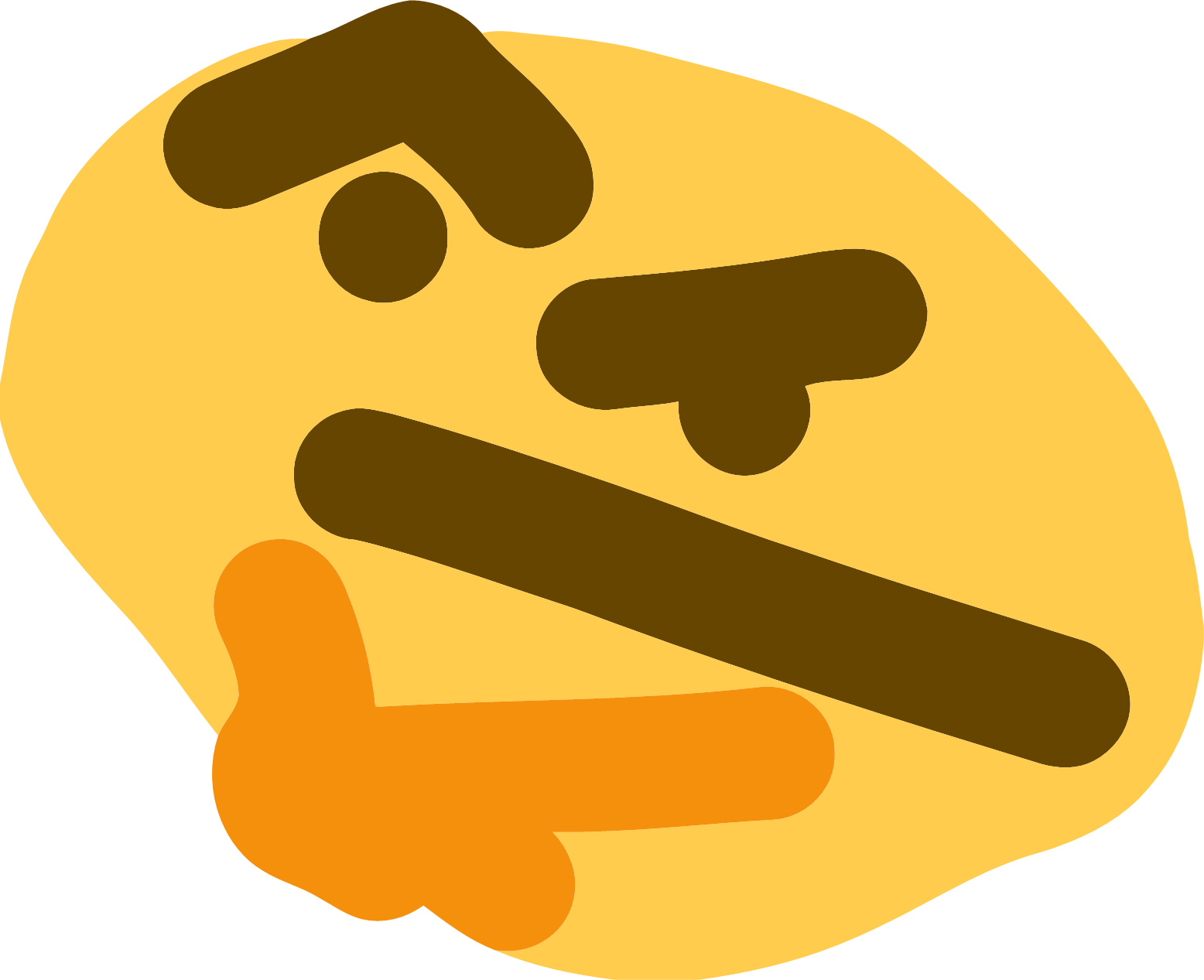
Alright, I'll give you an upvote but that's enough for now, you'll spoil your dinner.
I'm super anxious because I have to see a psychologist next week to prove yet again that I am eligible to receive a tiny amount of disability benefits. It sucks that I have to go through this every 2 years, despite having had bipolar my whole adult life that has only gotten worse.
It's like a doctor's appointment where if I don't get the right diagnosis(from a person who is paid by the agency that wants to cut off my benefits), my life is ruined and I go back to living in a tent. If I succeed I get to continue barely continue scraping by for another couple years.
I'm still quite skeptical about BRICS. Unlike Non Aligned Movement, I feel there is much less ideological solidarity, even less so after UAE and Saudi Arabia are admitted. NAM was formed (in part) to fight against colonialism and inequality. Most of the countries in NAM at the time were going the dirigiste (state lead national development) route whether its Nehru, Sukarno, Tito, Nasser or Nkrumah. Now, Modi is stripping the Indian state clean, South Africa is a mess, Russia while fighting with anti-colonial struggles in Africa doesn't have the same ideological commitment that USSR did and China too isn't 'exporting' its ideology. And with UAE and Saudi Arabia joining, the ideology will only be further apart. I don't know, I feel kinda apathetic about it.
I feel kinda apathetic about it.
I agree, but I think it's because we're already starting from the flawed premise of (capitalist) multipolarity, rather than, as you say, some commitment to an ideology of even explicit anti-colonialism. So in that sense it's much more capitalist realist than the First Cold War's camps.
I think Russia and China are the only current "true believers" in ending US hegemony in BRICS right now, with Iran coming in to bolster their ranks a little, with the rest some mixture of
 . If I had to hazard a guess, if Putin and Xi have some coherent plan to take down the United States (and "take down" in this sense isn't necessarily explicitly "cause to collapse USSR-style" but instead "reduce their imperial influence back to their home continent or even to zero but otherwise the country is allowed to exist intact"), it's basically hinged on the assumption that most every non-Western country will see the economic logic of their position and join them, whereas if they presented an ideological project then few would be willing to, as most countries now are quite strongly anti-communist. And by joining them, they can be subtly organised by China in such a way that they can resist the United States. It's a strategy of "we will sell the rope" and not "you have nothing to lose but your chains".
. If I had to hazard a guess, if Putin and Xi have some coherent plan to take down the United States (and "take down" in this sense isn't necessarily explicitly "cause to collapse USSR-style" but instead "reduce their imperial influence back to their home continent or even to zero but otherwise the country is allowed to exist intact"), it's basically hinged on the assumption that most every non-Western country will see the economic logic of their position and join them, whereas if they presented an ideological project then few would be willing to, as most countries now are quite strongly anti-communist. And by joining them, they can be subtly organised by China in such a way that they can resist the United States. It's a strategy of "we will sell the rope" and not "you have nothing to lose but your chains".It involves a lot of hope (some might say theory) that shifting countries away from America's influence, and by sufficiently developing them, that revolution is inevitable in the medium to long term. It's still the Global Left's job to develop class consciouness and create these revolutions, but it does tend to be a lot easier when there's actual resources for you (that aren't being constantly siphoned away towards the imperial core) and in general when the imperial relationship is broken, for the Left on both sides of that relationship. We need less treat-addicted, socially atomized swine if we're gonna do revolutions here in the West, too.
So the news of BRICS expansion makes me happy, but I'm not celebrating as hard as others. It's not as if Saudi Arabia is now some based anti-American oil superpower, that we've won them over to the Good Guys side and now the United States is 10% weaker for the bossfight in 2030 or something. There's a lot of opaque realpolitik going on here. Still decades of this fight to go.
Bizarre to me that when people talk about Biden coming out with a killer line every so often, they lump in telling the BBC that he's Irish with bangers like "At least 3", I thought it was basically consensus that Americans making a big deal out of being Irish is cringe.
And even if its not cringe by consensus, it's just not that good of a line.
I thought it was basically consensus that Americans making a big deal out of being Irish is cringe
when the person doing the cringe is the only american with a capability to pressure the UK on ireland, it's slightly less cringe, but only retroactively if something cool happens. when NI is free (if it happens soon) Biden's meeting with Sinn Fein guys & the 'i'm irish' will be cool & funny, until then it is cringe.
My asshole of a boss is making me find him a new bodyguard because the old one couldn't recreate his goddamn fried chicken recipe.
If I was reincarnated somewhere with an extinct reptilian lover, I'd rather it be a pterosaur, so that at night he could lovingly wrap me in his massive leathery wings.
#couplegoals
Pounded by the tax burden of thecombat pay stipulations in my mercenary contract.
Going to my country's communist party's headquarters tomorrow. I've selected my drabbest clothing and prepared my blandest lunch. Completely prepared

Goodbye gets to be one word too, even tho it's really 4 words, messed up.
I just applied to a job at a senior facility within walking distance. I'd love to be able to just sell my car and cut my commute out of my life indefinitely.

